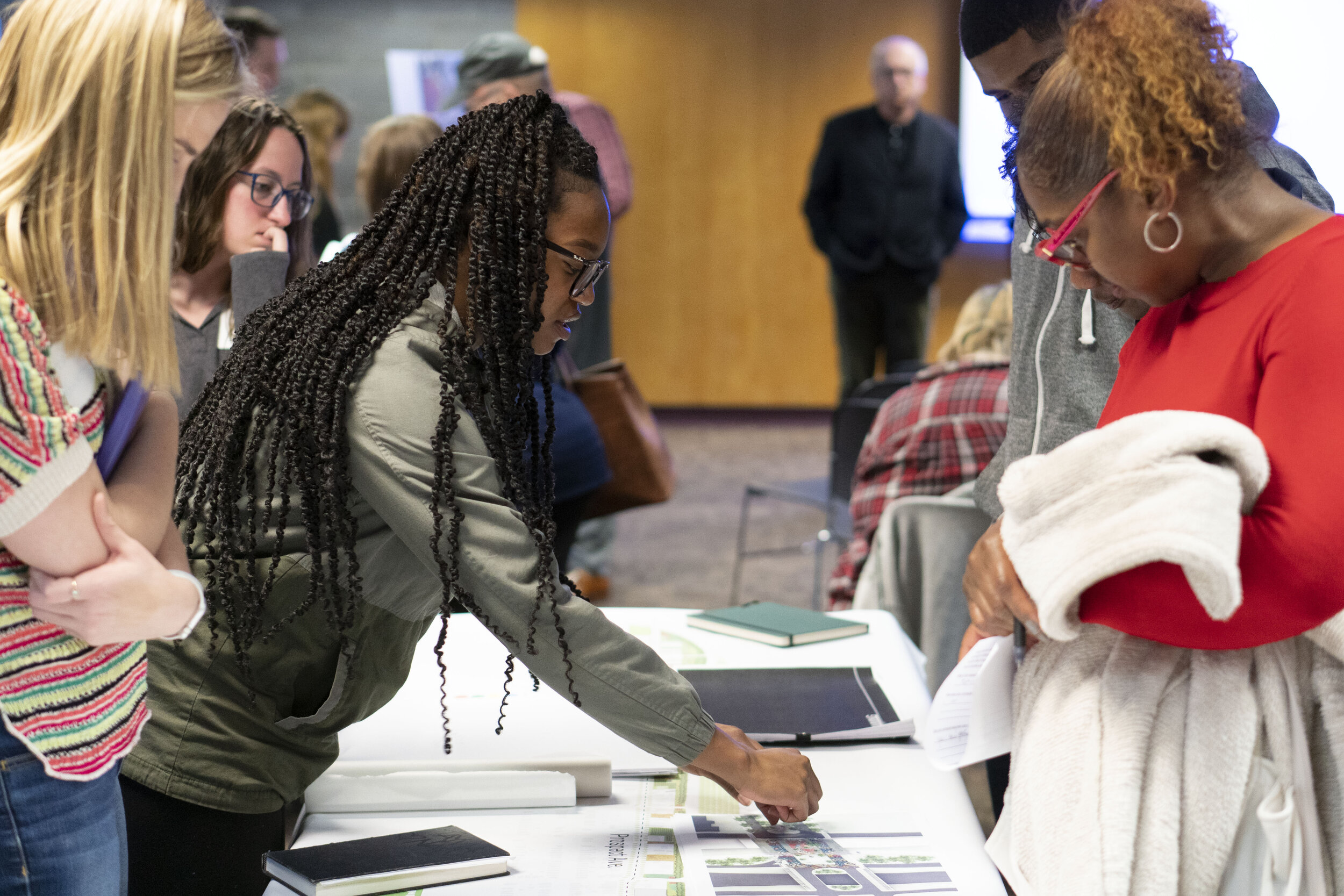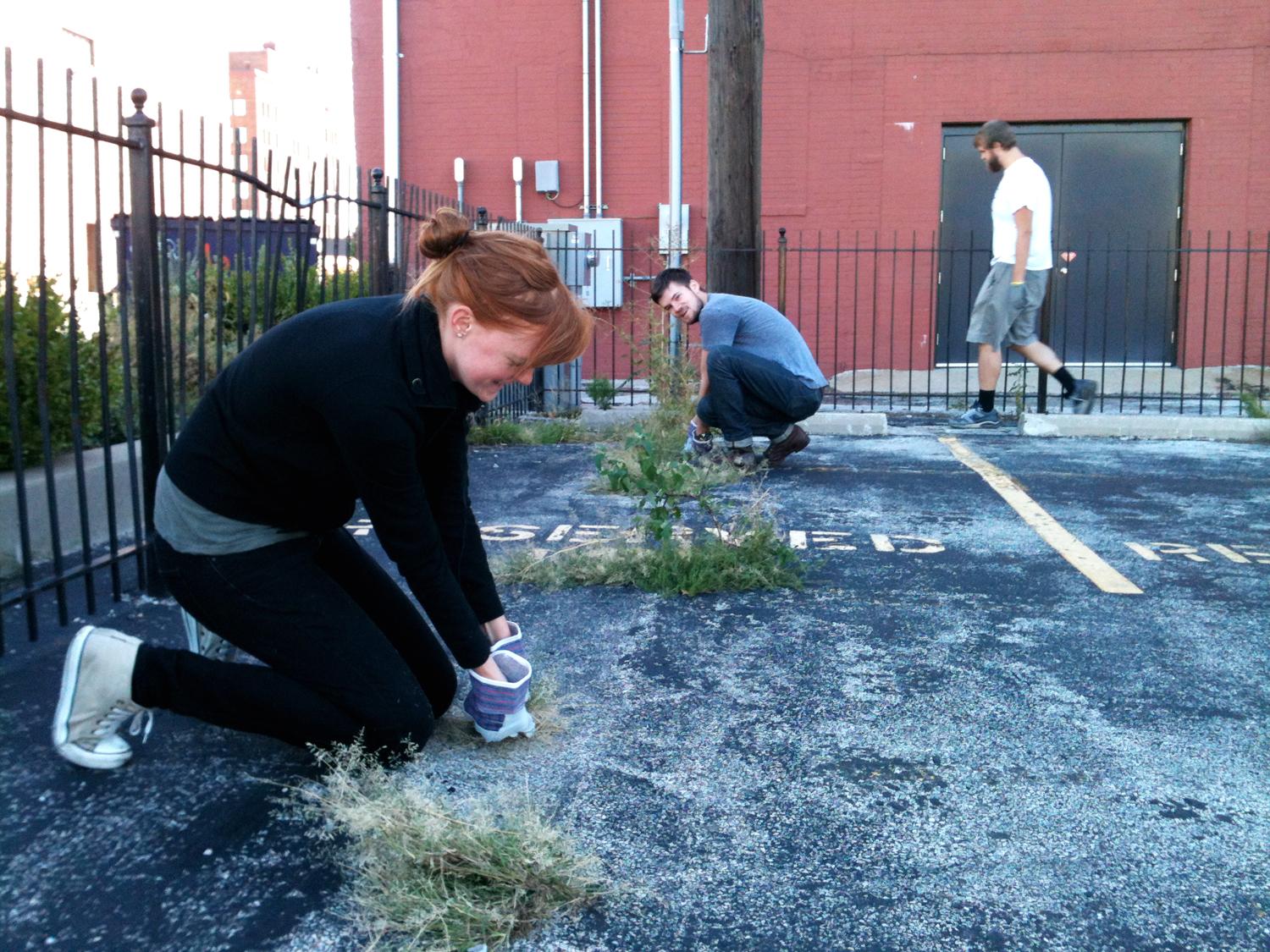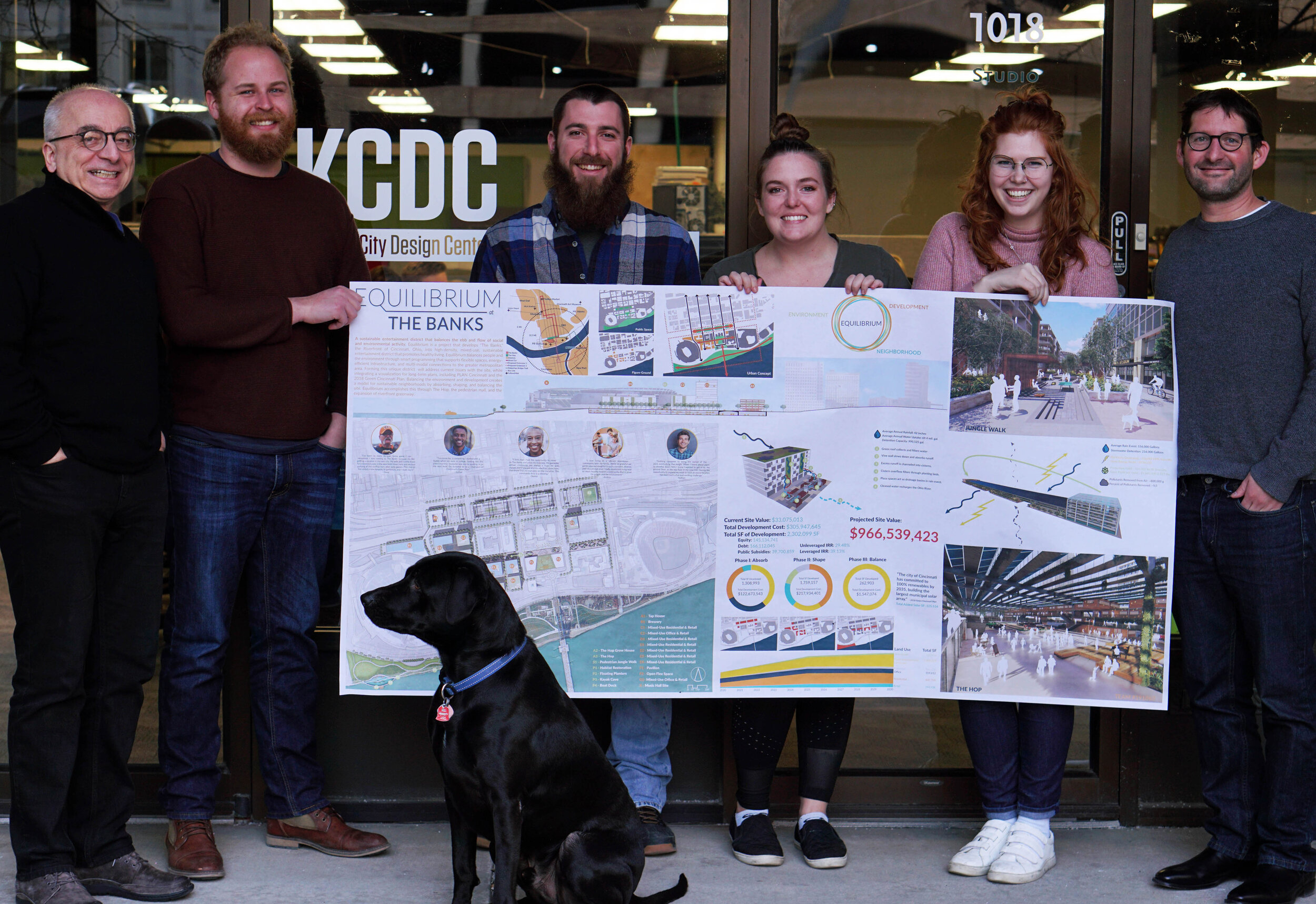Interested in Studying at the KCDC?
Help Shape the Future of Kansas City at the Kansas City Design Center (KCDC)
Are you passionate about design that strengthens communities and shapes the city? The Kansas City Design Center (KCDC) offers a semester-based graduate design studio and seminar series focused on community collaboration and design within Kansas City’s urban context.
Community Design Studio: Meets Monday, Wednesday, and Friday afternoons (5 credit hours). Students partner with local organizations and civic leaders to develop design solutions that respond to real community needs.
Seminar: Meets Monday and Wednesday evenings (3 credit hours). Explores how design, policy, and engagement intersect to influence urban change.
Affiliated with Kansas State University’s College of Architecture, Planning & Design, KCDC brings together students from architecture, planning, interior architecture, and landscape architecture to work collaboratively in an immersive, project-based environment.
Why KCDC?
Work directly with community and civic partners.
Design within Kansas City’s evolving urban fabric.
Collaborate across design and planning disciplines.
Contribute to projects shaping the city’s future.
For enrollment details, contact the Kansas City Design Center at info@kcdesigncenter.org.















